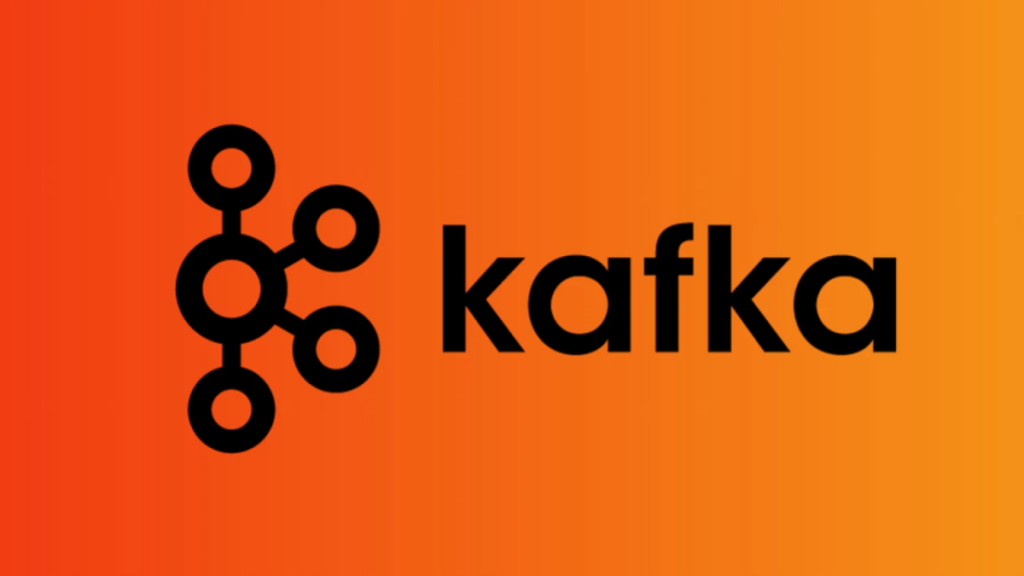Apache Kafka is an event streaming platform that receives and stores events. It then directs your request to the relevant services. It can be used in many ways, including as a message broker, event store, or queue management system.
If you are newly introduced to Apache Kafka, mastering it takes time. The best way to get started is to focus on the basics and review a beginner’s guide to Apache Kafka. From those basics, there are many things to learn. Plus, a large open-source community can assist.
Apache Kafka is the right tool for real-time data streaming and robust data pipelines for any developer. Here are the best tips for starting with Apache Kafka to make your learning journey fast and efficient.
Research How It’s Used in Similar Organizations as Yours
Apache Kafka is used in computer software, finance, healthcare, government, transportation, retail, and many other industries. To learn how to maximize Kafka’s advantages for your organization, look at similar use cases and companies in your industry or adjacent industries using it.
Learn By Doing and Not Simply by Theoretical Knowledge
The best way to learn Kafka is to dive in. Download and extract Kafka. Open a Kafka environment and start. There are all sorts of tutorials available online, as well as how-to guides and places to get tips on Kafka. Don’t rely solely on theoretical knowledge or note-taking. Anything you learn, apply it.
Events Are Individual Occurrences or Instances of Data
Events are the fundamental unit of data flow in an Apache Kafka environment. They have different data types, including transaction records, user interactions, sensor readings, and system logs.
The best way to learn about events is to discover how to use different types of events. Explore what’s possible in Kafka with each.
Messages Are Carriers of Actionable Information
Familiarizing yourself with messages is essential. In Kafka, messages are fundamental data units that represent individual data instances exchanged between producers and consumers. They can contain both structured and unstructured data.
Events are encapsulated in messages, each identified by a key and value for accurate processing. Grasping the mechanics of serialization and deserialization across various data types is crucial.
Commands and Usage of Kafka Topics
Topics are data channels that organize and separate information streams, essentially serving as categories of events. They facilitate parallel data processing and partitioning, which is crucial for scalability and managing large data volumes.
Explore Partitions for Horizontal Scaling
Partitions are segments within Kafka topics that enable data distribution and parallelism. Experiment with partitions for horizontal scaling, as they can handle massive data volumes in real-time. Additionally, explore leader replicas to ensure data availability in the event of server failure.
Managing Topics, Storing Data, and Handling Traffic
Brokers are server nodes that host partitions and manage the Kafka cluster. There is much to learn about brokers, including how they relate to cluster configuration, network communication protocols, and security considerations.
Brokers handle data retention, replication, and distribution, playing a vital role in big data projects by ensuring the reliable and continuous management of data streams.
Producers Publish Records and Consumers Retrieve Those Records
Kafka data pipelines are built on producers and consumers. Producers write records on topics, ingesting data from various sources. Messages are published to topics and come in different configurations for optimal performance.
Consumers subscribe to topics. They retrieve records for processing, analyze data for real-time analytics, monitor, and integrate. As with producers, there are different consumer groups, each impacting message delivery semantics differently.
Kafka Clusters Include Multiple Brokers
Clusters manage topics, partitions, replication, and data distribution. They are how you can provide fault tolerance, scalability, and high availability in large-scale big data applications. Learn how brokers work together in clusters and explore cluster management tools and techniques – of which there are many – to monitor and maintain your infrastructure.
Kafka Connect and Streams Offer Integration
Kafka Connect integrates data from external systems with Kafka. This allows you to create, pause, and delete connections in your Kafka environment.
Kafka Streams helps developers build real-time stream processing applications, processing and manipulating data streams using high-level abstractions. There are dozens of ways to explore Connect and Streams. They expand what you can do with your Kafka environment.
Basic Exercises to Ensure Everything Works Correctly
When setting up a new Kafka environment, run through basic exercises to confirm that what you’re doing works correctly. Set up Kafka clusters to observe how they work.
Build a basic producer-consumer system and track event delivery to see how data is processed in real-time. Focus on the fundamentals and look beyond exercises to understand how to apply them.

